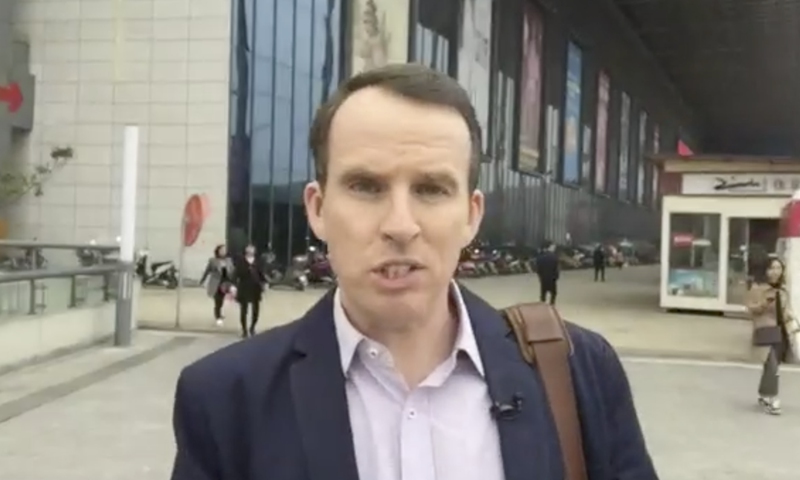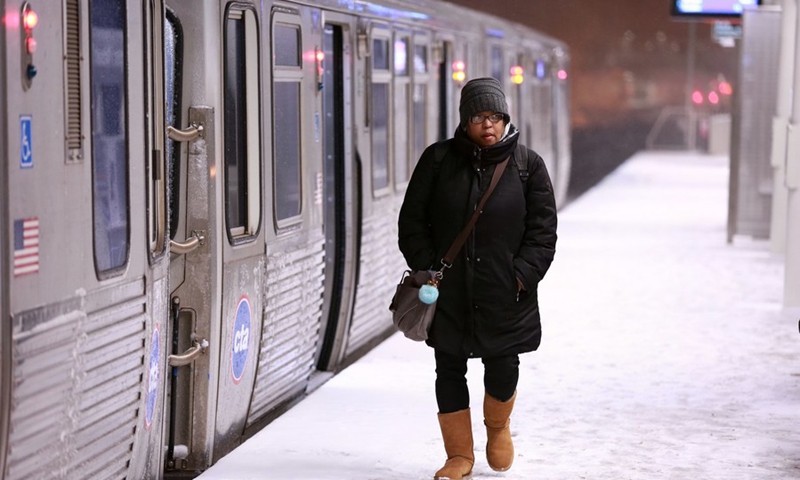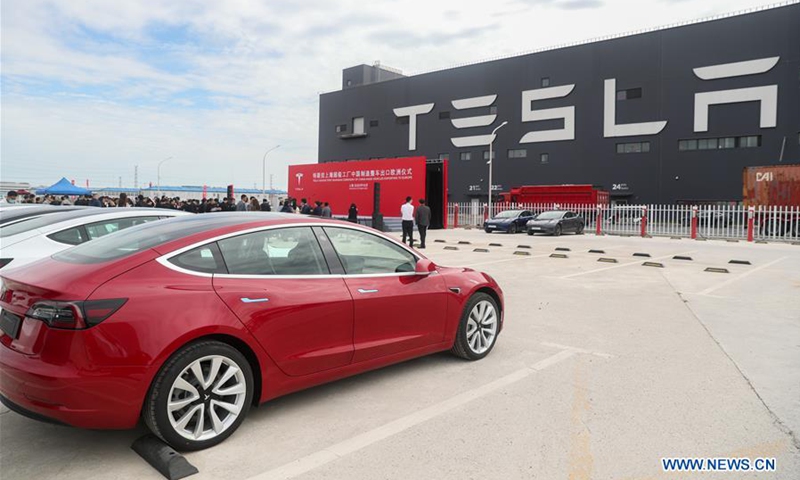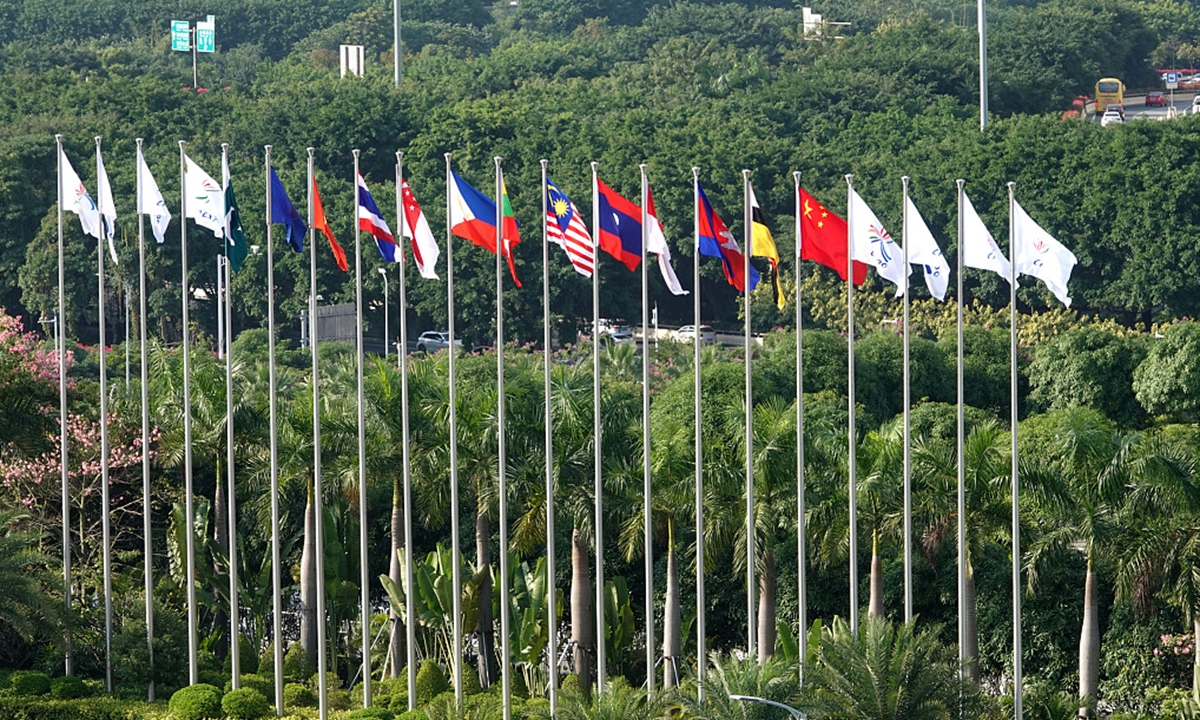The less-than-ideal uptake in Covid-19 vaccine registration so far is because of trust issues, say medical and public health experts.
They attribute the low numbers to the circulation of dubious information including hearsay, and have called on the government to utilise all its resources to clear any doubts and instil trust in the vaccines among the public.
Universiti Malaya professor of occupational and public health Prof Dr Victor Hoe said some people had the misconception that the vaccines were unsafe or that some were better than others.
“When I held community engagements with residents, I found there were still many people who did not trust the safety of the vaccines. They were worried about possible adverse effects of taking the vaccines.
“They told us that they received news through social media and friends about the vaccines’ safety and efficacy, ” he said.
Dr Hoe said the low uptake could also be due to many people not having a smartphone to register themselves for the inoculation and urged the government to make use of all its resources to bridge the gap between technology and trust.
“The move should not just involve the Health Ministry but all levels, from village heads and community leaders to state assemblymen and MPs. They should organise engagement sessions with people on the ground to help them register and also to clear doubts regarding the vaccines.
“However, all of them should have been inoculated against the coronavirus first to ensure people’s confidence in the vaccines, ” he said.
As for states with a low registration rate,Dr Hoe said if the campaigns to promote better understanding and uptake of the vaccine failed, they should be reassessed.
“The cause of concerns should be addressed adequately without blaming any party, ” he said.
Dr Hoe, however, is not in favour of making Covid-19 vaccination compulsory.
The Special Committee on Covid-19 Vaccine Supply Access Guarantee has said that as at April 10, only over 8.4 million of the targeted 26.7 million people had registered.
Health Minister Datuk Seri Dr Adham Baba recently said the government would identify the causes of the slow uptake while Science, Technology and Innovation Minister Khairy Jamaluddin said Malaysia might review its voluntary Covid-19 vaccination policy come July if the rate was still low.
Malaysian Public Health Physicians Association president Datuk Dr Zainal Ariffin Omar said a majority of Malaysians were still adopting a “wait and see” approach.
“They see it as not urgent and think there’s still time before the actual vaccination (involving the public) starts, ” he said.
Dr Zainal Ariffin said the Covid-19 Immunisation Task Force needed to understand community behaviour and the dynamics of vaccination programmes.
“The most important outcome is the actual vaccination coverage, ” he said.
Agreeing that some citizens do have problems accessing registration channels and need help with it, Dr Zainal Ariffin suggested the government consider mass walk-in vaccinations when more vaccines are available.
He, too, thinks it is not necessary to make Covid-19 immunisation compulsory.
Universiti Malaya professor of epidemiology and public health Prof Dr Sanjay Rampal said more health experts need to critically appraise the benefits of the vaccines without pre-formed biases.
“This will increase trust in the translation of science and how it benefits the community... our opinions tend to be polarised through social media.
“Maintaining trust and goodwill is key to increasing vaccine uptake by the community, ” he said.
To encourage communities to register Dr Sanjay proposed having roadshows in shopping complexes, workplaces and community centres including at PPR (People’s Housing Projects) flats and villages.
Task force: Confirm vaccination appointment
PUTRAJAYA: Vaccine recipients under phase two of the National Covid-19 Immunisation Programme are reminded to confirm their vaccination appointment within 48 hours of receiving their details, or risk having it cancelled and rescheduled to a later date.
The Covid-19 Immunisation Task Force said the slots for those who failed to respond to the appointment notification would then be given to others.
“If they (recipients) confirm to be present for the vaccination appointment, a reminder will be sent three days, as well as a day before, the (actual) date, ” it said, adding that the notification for the appointment and the reminders will be sent via both the MySejahtera app and the Short Message Service (SMS).
For those who have not registered through MySejahtera, the appointment details will be sent via SMS.
The second phase of the national immunisation programme is set to begin April 19, targeting at-risk groups such as the elderly, individuals with comorbidities and persons with disabilities.
Those with queries regarding their appointment may contact the toll-free hotline at 1800-888-828. —Bernama
Covid-19 vaccines: Addressing the worries of allergy sufferers

Anyone with a history of negative reactions to certain medications may want to seek advice from an allergy specialist before receiving a Covid-19 vaccine. — dpa
Covid-19 vaccines can cause strong allergic reactions in very rare cases.
However, rare or not, this is making many allergy sufferers around the world uneasy.
In Germany, allergy outpatient clinics are seeing an influx of people extremely worried about the vaccines, says Dr Ludger Klimek, president of the Medical Association of German Allergologists (AeDA).
”Many would like to be vaccinated and are looking forward to it, and then they read that a severe reaction is possible,” he remarks.
“This has raised a lot of uncertainty.”
So, how high exactly is the risk?
Since vaccinations started in England and the United States, there have been reports of some strong allergic reactions that occurred shortly after a vaccination and had to be treated.
Precise data on the frequency of such reactions after Covid-19 vaccinations aren’t currently available, however.
Based on existing preliminary data, Dr Klimek says, the new messenger ribonucleic acid (mRNA) vaccines by Pfizer/BioNTech and Moderna likely carry a somewhat higher risk than the other Covid-19 vaccines – around 2.5 to 4 times higher.
Nevertheless, he adds, the risk is still extremely low, namely “one case in every 100,000 vaccinations”.
Allergic reactions aren’t confined to Covid-19 vaccines, of course, but can occur after taking any medication.
No one becomes allergic to a substance by taking a Covid-19 vaccine, he says, explaining that an allergic reaction to an ingredient in the vaccine means you’ve already been previously sensitised to it.
As the injected dose of it is higher, the reaction can be stronger.
Also, not all allergy sufferers are affected equally.
“If you have hay fever, you’re not really at higher risk of side effects than someone without allergies,” says Dr Klimek.
But if you’ve ever had an allergic reaction to certain medications – a laxative or X-ray contrast agent, for example – you might also have one to the ingredients in the Covid-19 vaccines, he says, noting that known allergenic substances in medications include polyethylene glycol, polysorbate and ethylene oxide.
While completely eliminating a risk is hardly possible, Dr Klimek says, you’d do well to consult an allergist if you’ve had an allergic reaction to a medication.
If need be, the allergist can refer you to a specialised allergy centre that can make a specific recommendation based on your allergy and the ingredients in the various Covid-19 vaccines.
As for whether, say, the Pfizer/BioNTech vaccine would be a better choice than AstraZeneca/Oxford’s, or vice versa, he says: “(An assessment like) this is very complex and not affordable by every doctor’s surgery.”
In any event, health experts, such as those at Germany’s Federal Centre for Health Education (BZgA), have made it clear that if you know you’re allergic to an ingredient in a Covid-19 vaccine, you shouldn’t get that vaccine.
Before you’re vaccinated, it’s imperative that you accurately and thoroughly fill out your medical history questionnaire – and if in doubt, do so with the help of an allergist – so that personnel at the vaccination site know what to watch for and can further evaluate you if necessary.
After getting the jab, you have to remain on site for at least 15 minutes so that you can be monitored as a precaution.
The wait is 30 minutes if you’ve ever had an allergic reaction to a vaccine, the BZgA says.
The most serious kind of allergic reaction is anaphylaxis, in which your immune system releases a flood of chemicals that can cause you to go into shock.
“This is definitely life-threatening,” says Dr Klimek.
Less serious potential reactions include a skin rash, scratchy throat or itching.
According to the BZgA, vaccination sites and mobile vaccination teams are required to be equipped to treat any cases of anaphylaxis quickly. – By Tom Nebe/dpa
Information in this article was accurate at the time of its writing. Due to the fluid nature of the Covid-19 pandemic, scientific understanding, along with guidelines and recommendations, may have changed since the original publication date.


























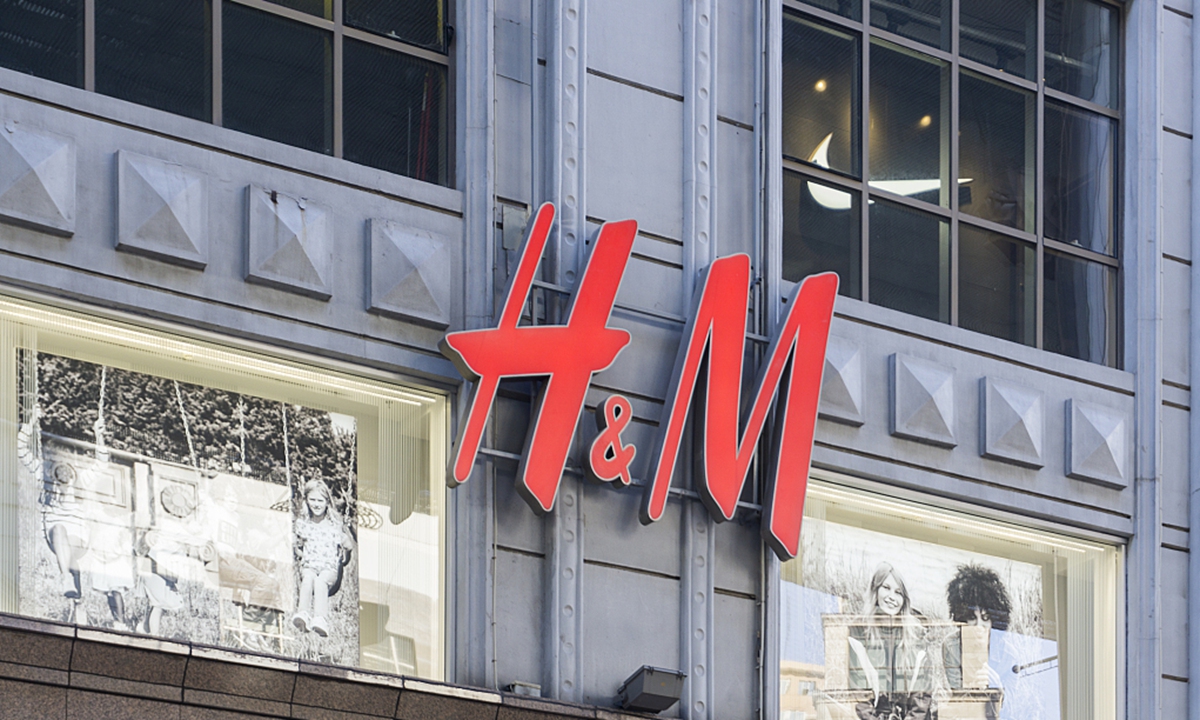



 Wong Chun Wai began his career as a journalist in Penang, and has served The Star for over 35 years in various capacities and roles. He is now group editorial and corporate affairs adviser to the group, after having served as group managing director/chief executive officer. On The Beat made its debut on Feb 23 1997 and Chun Wai has penned the column weekly without a break, except for the occasional press holiday when the paper was not published. In May 2011, a compilation of selected articles of On The Beat was published as a book and launched in conjunction with his 50th birthday. Chun Wai also comments on current issues in The Star.
Wong Chun Wai began his career as a journalist in Penang, and has served The Star for over 35 years in various capacities and roles. He is now group editorial and corporate affairs adviser to the group, after having served as group managing director/chief executive officer. On The Beat made its debut on Feb 23 1997 and Chun Wai has penned the column weekly without a break, except for the occasional press holiday when the paper was not published. In May 2011, a compilation of selected articles of On The Beat was published as a book and launched in conjunction with his 50th birthday. Chun Wai also comments on current issues in The Star.